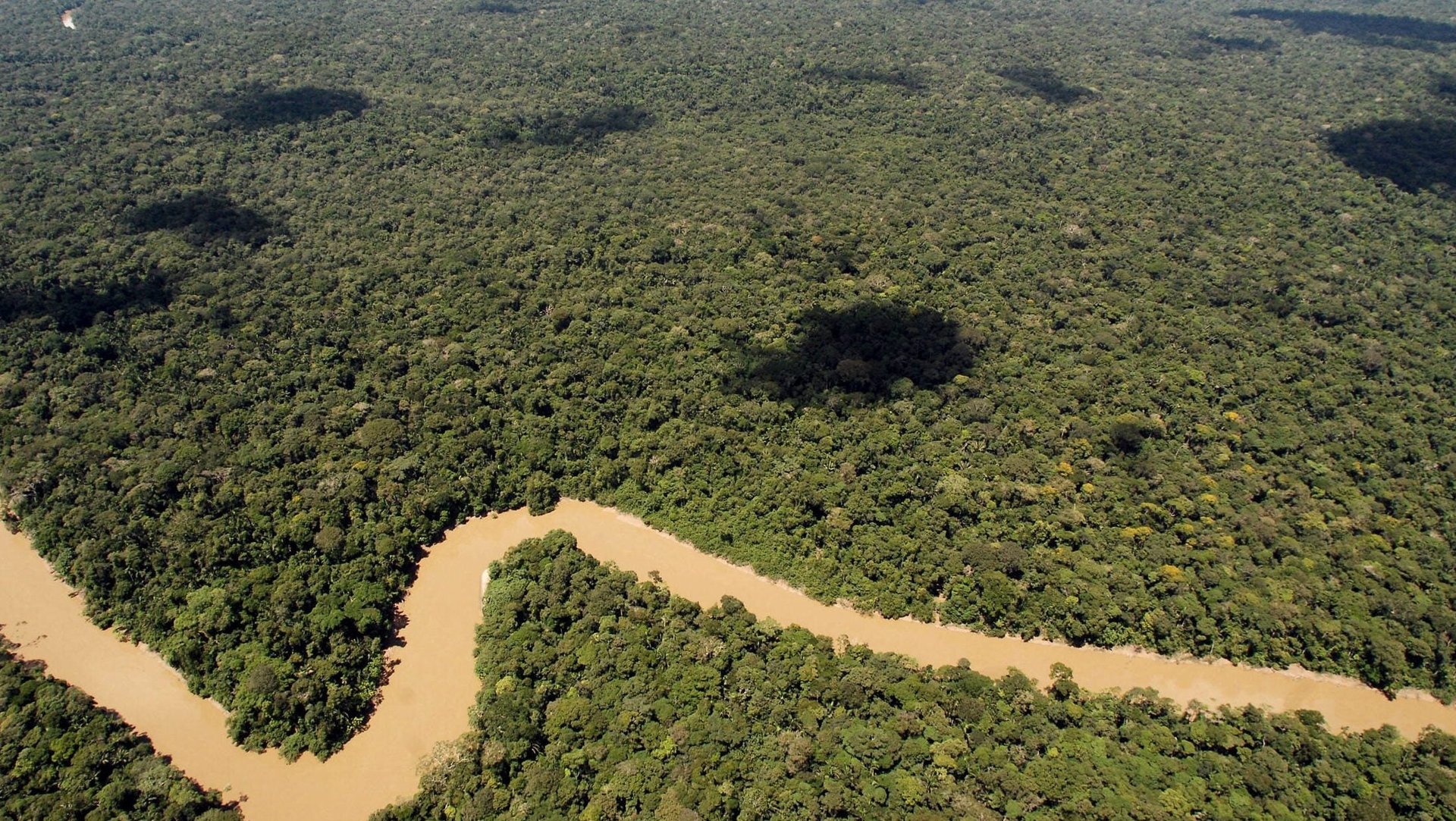The WWF warns the Amazon could lose half its wildlife by the end of the century
The Amazon, the single largest tropical rainforest and home to 10% of the world’s known species, could lose half of its plants and animals by the end of the century as global warming ravages the planet—and that loss of biodiversity is just a snapshot of what’s happening to the world’s forests, wetlands, and seas.


The Amazon, the single largest tropical rainforest and home to 10% of the world’s known species, could lose half of its plants and animals by the end of the century as global warming ravages the planet—and that loss of biodiversity is just a snapshot of what’s happening to the world’s forests, wetlands, and seas.
Even if countries meet the targets set by the Paris Climate Agreement, the world’s great forests are expected to still lose a quarter of their plants and animals, according to a study (pdf) published yesterday (March 14). The report, conducted by the World Wildlife Fund (WWF), University of East Anglia, and James Cook University, examined the impact of global warming on nearly 80,000 species from 35 regions.
“Within our children’s lifetime, places like the Amazon and Galapagos Islands could become unrecognizable, with half the species that live there wiped out by human-caused climate change,” Tanya Steele, CEO of the WWF, said in a statement.
The scientists modeled three scenarios under different temperature changes by the end of the century:
- a rise of below 2°C, the target set by the Paris Climate Agreement
- a rise of 3.2°C, the target set under current government pledges
- a rise of 4.5°C, what’s projected given the world’s current emission trends
With an increase of 3.2°C, 60% of plant species and almost half of animal species in the Amazon could disappear this century. Under the bleakest scenario, a 4.5°C increase, the Amazon could see amphibian species, which are projected to be the worst hit, to plummet by nearly 75% and plant species by almost 70% by the 2080s, according to the WWF’s analysis (pdf, p. 11).
The hotter weather could affect animals in many ways across the globe. For example, it could lead to shorter hunting periods for African wild dogs living in the Miombo woodlands, which cover much of the continent’s central and southern parts. The animals, which are endangered and particularly sensitive to heat, could disappear entirely from the region (p. 16) because of food scarcity.